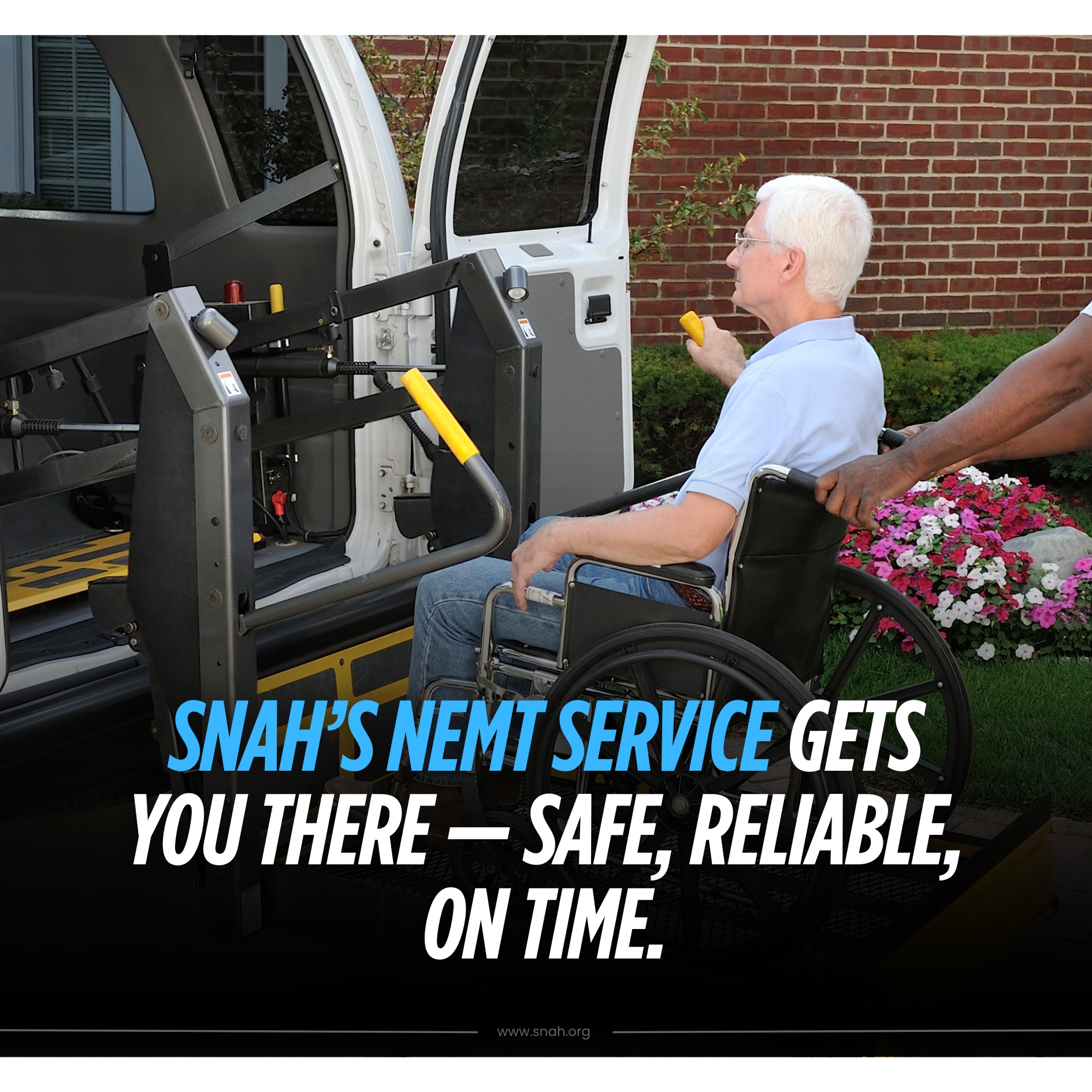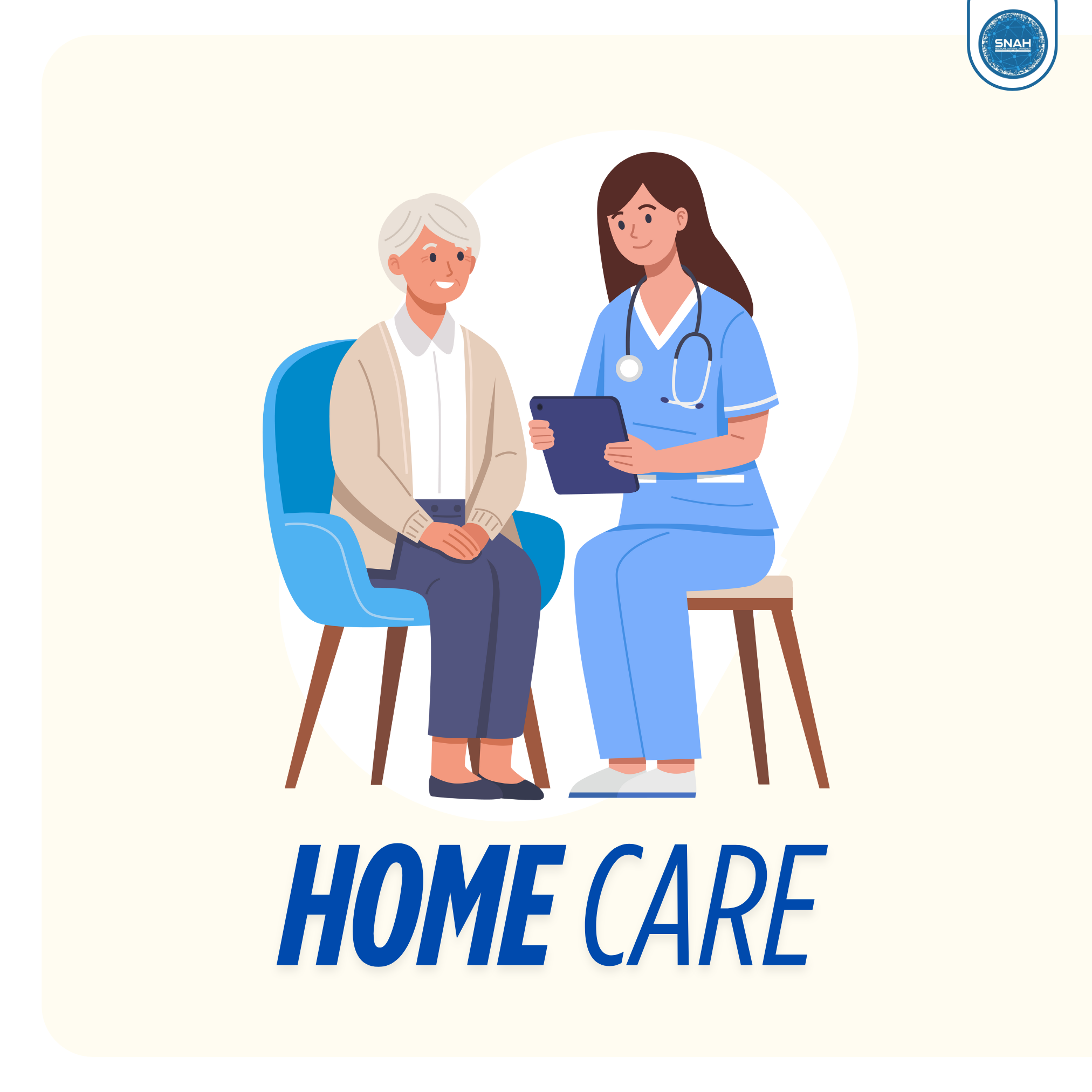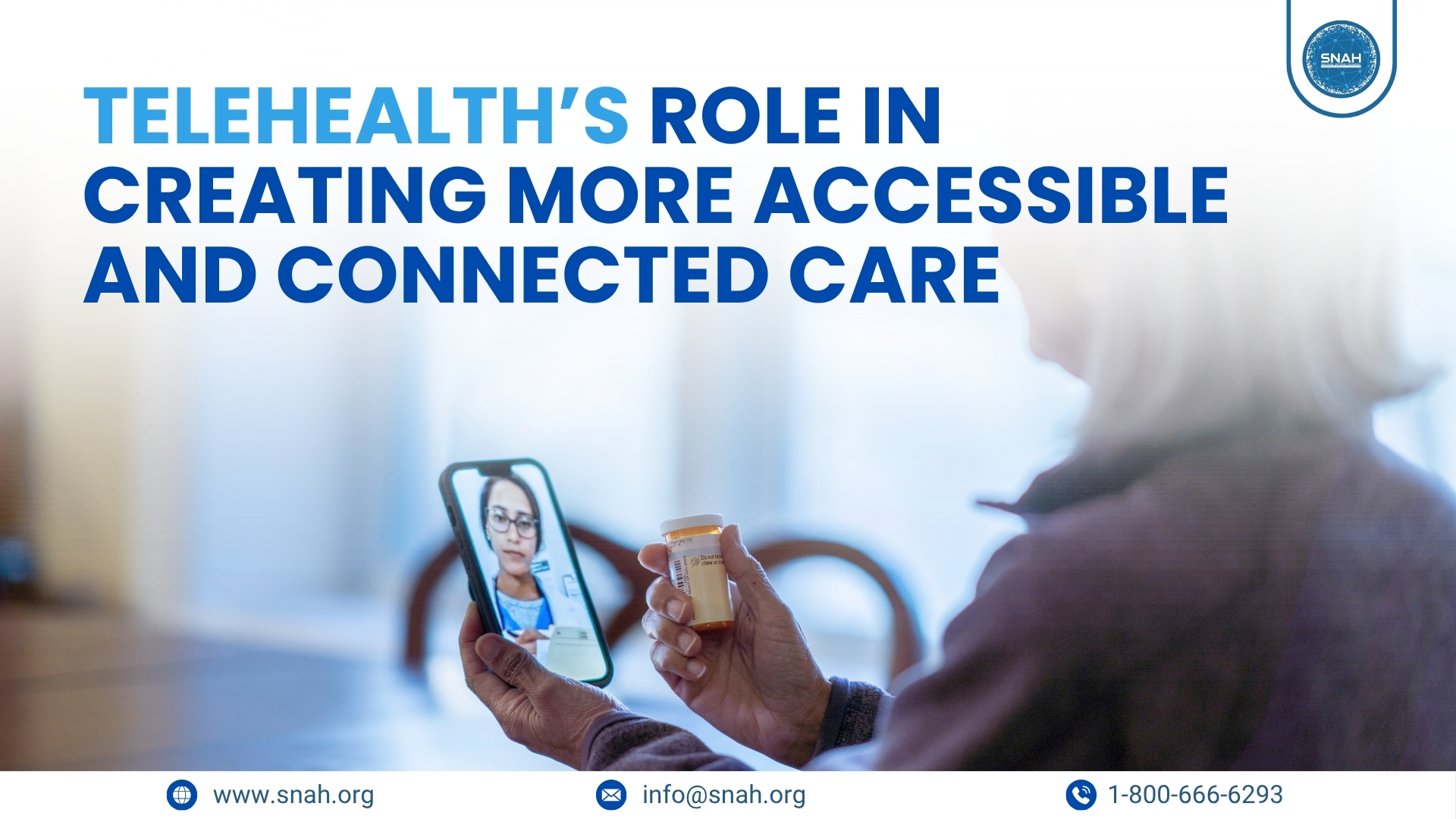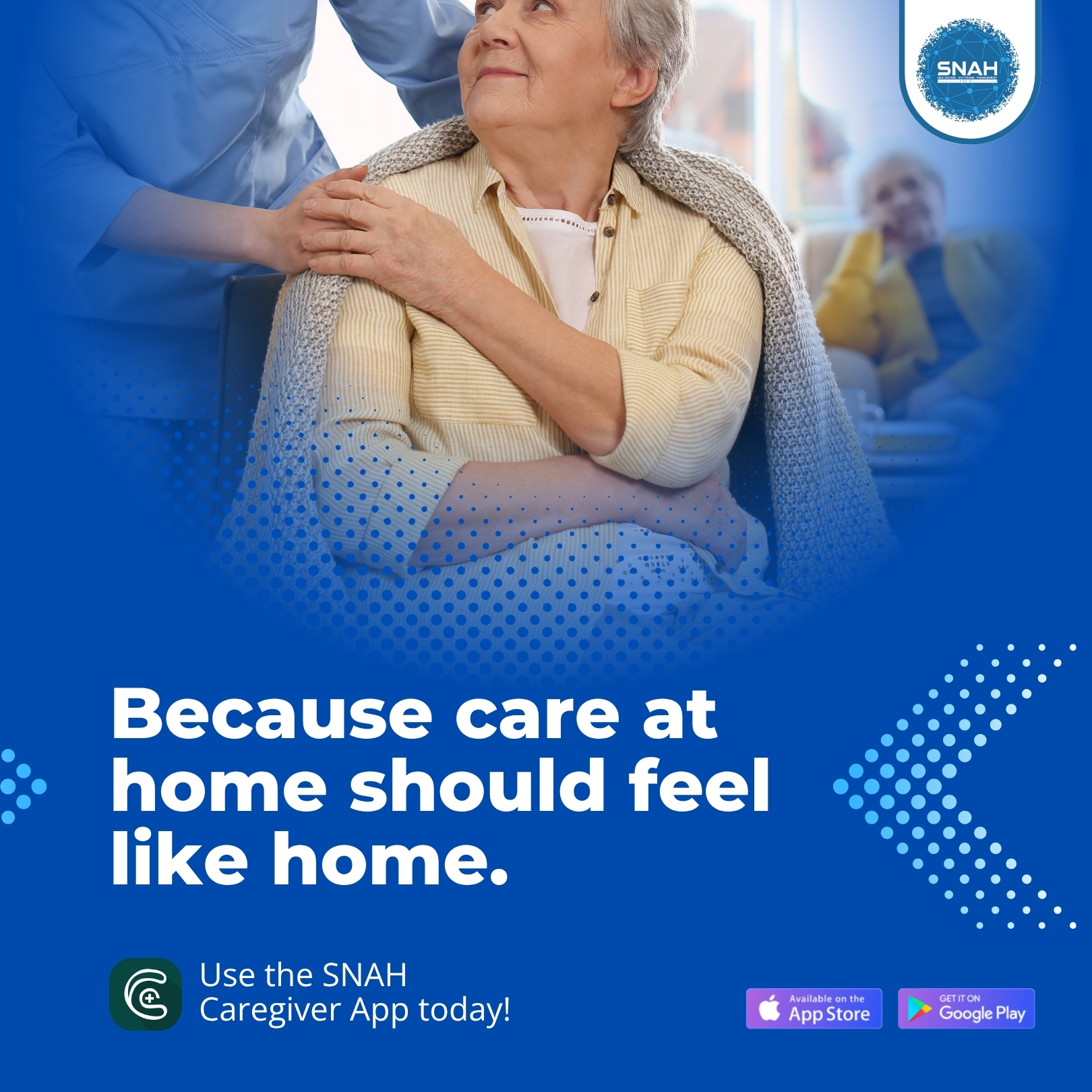
Rutherford, New Jersey Oct 15, 2025 (Issuewire.com) - The healthcare system is more fragmented than ever, with patients juggling multiple providers for transportation, virtual care, and in-home support.
https://www.youtube.com/shorts/FZuigJRvJPs
While each service plays a vital role, the lack of integration often results in missed appointments, scheduling confusion, and poor outcomes. And the reality is, the current system is built around convenience for providers, not continuity for patients. This disjointed model puts the burden on individuals to coordinate their own care, often without the tools, support, or visibility they need.
Thats where SNAH comes in. SNAH is a platform built to unify these disconnected touch-points into one unified healthcare app. By combining transportation, caregiving, and virtual health into one streamlined ecosystem, SNAH simplifies care delivery for patients, providers, and families.
Don't believe us? Let's take a closer look at the role of legacy players like Modivcare, MTM, Uber Health, Teladoc, and Care.com, which will reveal the critical gaps they leave behind.
1. Modivcare
Modivcare is a national leader in non-emergency medical transportation (NEMT), serving Medicaid and Medicare beneficiaries. It partners with government agencies and health plans to deliver scheduled rides to healthcare appointments.
While it operates at scale, Modivcares offering is limited to transportation logistics and does not extend into clinical care, virtual health, or in-home support.
More On 101broadcast ::
- Luminous unveils 10% discount to help car care professionals maximize winter profits
- Meet Rheshi (Nick), Founder of truebmwm — The Exclusive Destination for BMW Enthusiasts
- GT3 RS for the whole family – Micro - Porsche launch three exclusive micromobility products
- Detroit Entrepreneur Launches KDramaMood App, Blending K-Drama Fandom with AI-Powered Innovation
- Can You Make Money Without a Traditional Job? Printify Leads the Shift to Flexible, Low-Risk Online Earning
This creates a significant gap for patients who need more than just a ride. For example, someone who uses Modivcare to get to dialysis may also need caregiver assistance or a follow-up virtual consultation.
And since Modivcare provides no tools for coordinating those services, the burden falls entirely on the patient.
Key Limitations:
- No real-time scheduling integration with care providers.
- No caregiving, virtual visits, or clinical coordination tools.
- Dependent on call centers; limited user-friendly tech.
- No patient tracking or biometrics to verify ride completion.
- No fraud prevention beyond trip logs.
2. MTM (Medical Transportation Management)
MTM offers NEMT and support services for Medicaid and Medicare populations. It also performs in-home assessments and coordinates some community-based resources.
Despite offering assessments, MTM does not connect its transportation services to caregiving, virtual care, or centralized patient records. For example, a senior receiving an in-home assessment must still coordinate their follow-up care or lab transportation separately.
MTM also does not support real-time service integration, leaving patients without a single platform to manage their journey. This results in duplication, missed appointments, and higher administrative overhead for providers.
Key Coverage Gaps:
- No integration with home care, Telehealth, or case management
- No unified scheduling system across service types
- No patient dashboard or app for live updates
- No real-time data exchange with providers
- No fraud prevention measures like biometric ID or GPS
3. Uber Health
Uber Health extends rides-hare capabilities to the healthcare space, allowing providers to schedule rides for patients.
Its easy to use and scalable but offers no healthcare services itself. Drivers are not trained in patient care, and the platform does not coordinate with providers beyond the ride.
This convenience-first model creates care gaps for patients who require multiple, connected services. For example, a patient discharged from the hospital may need a ride, an at-home caregiver, and a virtual follow-up visit.
Uber Health fulfills only one piece, and without full-circle coordination or patient monitoring, Uber Health is best suited for one-off rides, not comprehensive healthcare delivery.
Key Limitations:
- No caregiving or clinical service offerings.
- No integration with EHRs or patient health records.
- No accountability mechanisms (e.g., biometric check-ins).
- Limited visibility for families and care teams.
- Built for convenience, not coordinated care.
4. Teladoc Health
Teladoc is a virtual healthcare platform offering telemedicine, mental health services, and chronic care management. It leads in digital health access, providing 24/7 remote care through licensed professionals. However, Teladocs reach stops at the screen.
Patients who require physical assistance, transportation to a lab, or in-home recovery care must use separate services. Teladoc does not offer coordination for these needs, which leads to fragmented care and lower treatment compliance.
For example, a patient who receives a diagnosis via Teladoc must book their own lab ride and arrange post-visit support, without any system-level continuity.
Key Limitations:
- No NEMT or ride-share capabilities.
- No caregiving or home health service options.
- Not integrated with third-party logistics or local care providers.
- No patient scheduling beyond virtual appointments.
- Lacks tools for cross-service care continuity.
Care.com
Care.com is a consumer-facing marketplace that connects users with independent caregivers. While the platform offers flexibility, it is not designed for healthcare use, as most caregivers are not clinically trained, and there is no integration with medical records or other health services.
This leaves patients vulnerable to inconsistent care quality and logistical chaos. For example, a patient might hire someone from Care.com to assist at home but still need to book a ride separately and attend virtual appointments without support.
There is no system in place to align these moving parts or verify service delivery, which increases the risk of fraud, no-shows, or patient harm.
Key Coverage Gaps:
- No clinical verification or credentialing of caregivers
- No integration with transportation or virtual health platforms
- No scheduling support for connected services
- No accountability tools like time tracking or biometrics
- No oversight for care quality or patient outcomes
How SNAH Fills the Gaps
As you can see from the examples above, the current healthcare ecosystem is a patchwork of services that rarely talk to one another. Transportation, in-home care, and virtual consultations each operate in separate silos, which forces patients to manage their own logistics.
This fractured approach creates major care gaps that existing platforms are not designed to solve.
This is where SNAH comes in, which is the only app specifically built to close these gaps by integrating every part of the care journey into a single, coordinated system.
Here's how that looks.
Unified Access to All Care Services
The Gap:
Competitors like Modivcare, MTM, and Uber Health handle transportation, while Teladoc offers virtual care and Care.com focuses on caregiver matching. Each provides value in its domain, but none offer access to multiple care types within a single platform. This leaves patients bouncing between apps and call centers, trying to connect the dots on their own.
How SNAH Fills It:
SNAH brings transportation, Telehealth, in-home care, and service coordination together in one platform, meaning that patients and providers can schedule everything through a single portal.
This includes rides to appointments, home visits from caregivers, and follow-up virtual consultations, with no handoffs between vendors or bouncing between disconnected systems.
Real-Time Visibility and Coordination
The Gap:
Platforms like Modivcare and MTM often rely on delayed updates and phone-based scheduling. Uber Health offers some visibility into rides, but not other care services. Teladoc and Care.com provide no real-time updates outside of their own service category, which leads to missed handoffs and uncertainty for patients and families.
How SNAH Fills It:
SNAH delivers real-time tracking and status updates across all services. From ride pickups to home visits and Telehealth sessions, every interaction is logged and visible to care teams, patients, and authorized family members.
This real-time visibility improves accountability, allows for quick adjustments, and ensures patients dont fall through the cracks.
Biometric and GPS-Based Fraud Prevention
The Gap:
Most competitors rely on manual verification or basic timestamps. For example, Uber Health and Care.com have minimal accountability for service completion, while Modivcare and MTM offer limited oversight once a ride is complete. These gaps open the door to fraud, billing errors, and missed visits that go unnoticed.
How SNAH Fills It:
SNAH uses biometric check-ins, GPS verification, and time-tracking to confirm service delivery. Providers must verify their identity and location before and after completing a task, which ensures accuracy in billing and strengthens trust across the system. These safeguards protect both patients and payers.
Centralized Scheduling for Patients and Providers
The Gap:
No existing platform offers fully integrated scheduling across care types, and patients are left managing separate calendars for rides, home visits, and virtual consults. If one appointment changes, they must manually reschedule everything else, often resulting in overlaps or gaps in care.
How SNAH Fills It:
SNAHs centralized scheduling platform automatically syncs transportation, caregiving, and virtual visits. Changes to one service trigger smart adjustments to others, helping avoid conflicts and reducing no-show rates. This centralized process simplifies logistics for patients and streamlines coordination for care teams.
Designed for Long-Term Care
The Gap:
Most competitors are built for short-term or one-time interactions. Uber Health and Modivcare support point-to-point rides, Teladoc offers episodic virtual care, and Care.com connects families to caregivers without supporting long-term engagement. None of them deliver a consistent, longitudinal care experience.
How SNAH Fills It:
SNAH is designed to support high-need patients over time. The platform allows providers to build ongoing care plans that combine recurring services like home visits, monthly virtual check-ins, and routine transportation. Everything is tracked in one system, enabling better outcomes and stronger relationships between patients and care teams.
A Smarter, Simpler Future for Patient Care
Todays healthcare system is defined by fragmentation.
Patients are forced to coordinate their own transportation, in-home care, and virtual visits using separate providers who do not communicate with one another. Platforms like Modivcare, MTM, Uber Health, Teladoc, and Care.com each serve a purpose, but none of them offer a unified, patient-first experience. This creates dangerous gaps in coverage, limits accountability, and makes it harder for patients to get the consistent care they need.
SNAH was built to solve these challenges. It is not just another service provider. It is a fully integrated platform that brings together transportation, caregiving, Telehealth, and care coordination in one place. With real-time tracking, biometric verification, centralized scheduling, and whole-person care planning, SNAH fills the gaps others leave behind.




Media Contact
SNAH Healthcare Software Management
1-800-666-6293
186 Paterson Ave. Suite 201, East Rutherford, NJ 07073
Source :SNAH Healthcare Software Management
This article was originally published by IssueWire. Read the original article here.